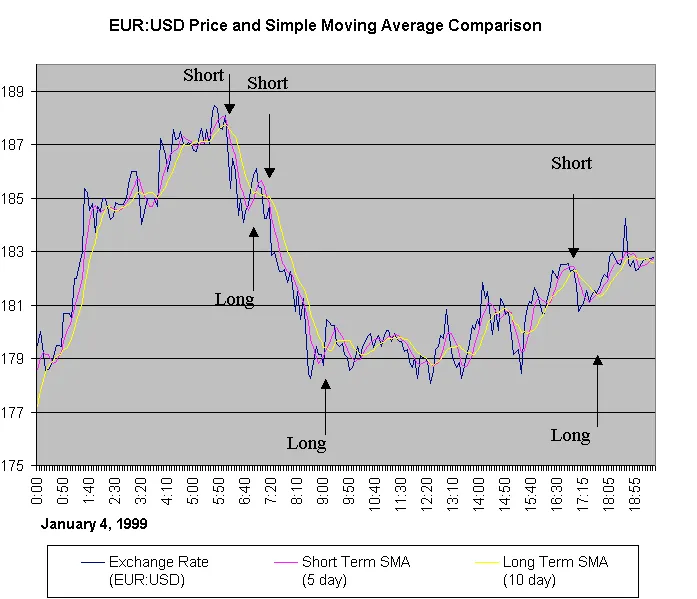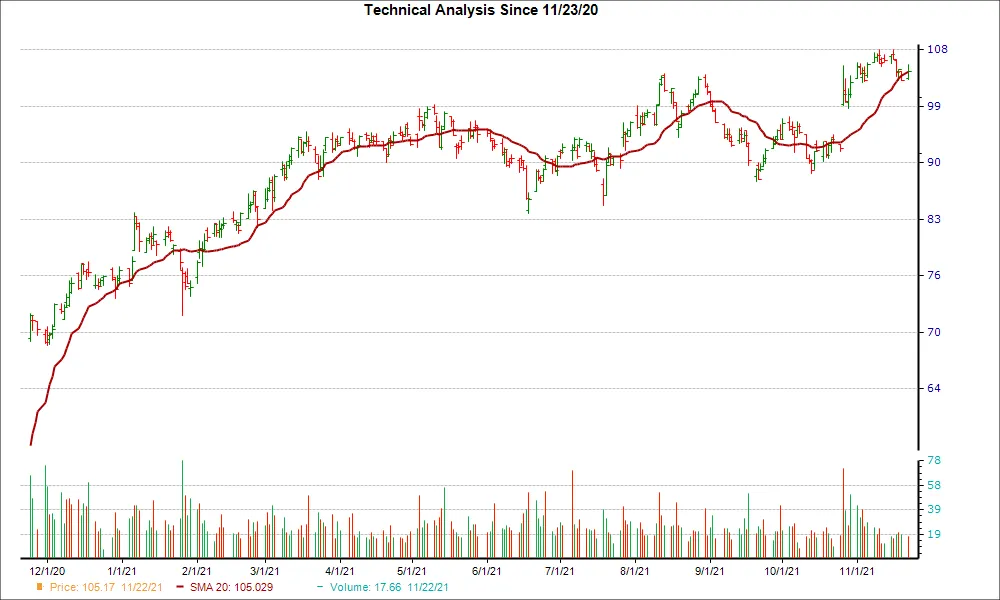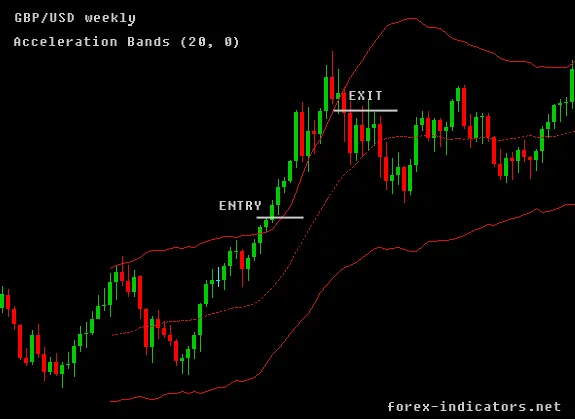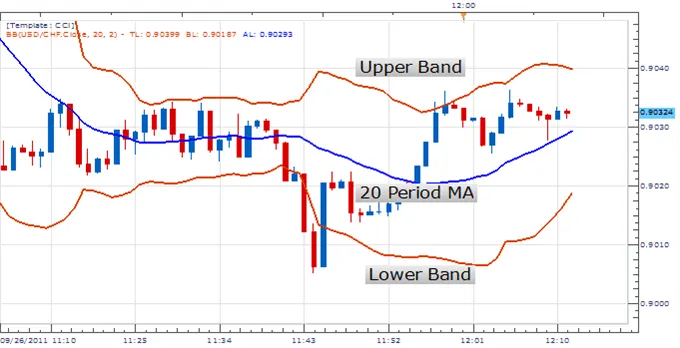What is a Trend?
By Samantha Baltodano
What is a Trend?
A trend in stocks refers to the direction in which the price of a stock is moving over a period of time. Trends can be upward (bullish), downward (bearish), or neutral.
Trends provide insight into the overall market sentiment and can indicate whether the stock is likely to continue rising, falling, or staying the same.
How to Interpret Trends?
To interpret trends, investors often look at stock charts and use technical analysis tools such as moving averages, trend lines, and momentum indicators. These tools can help to identify the direction and strength of the trend, and provide insight into potential future price movements.
For example, if a stock's price is consistently rising over a period of time, it may indicate an upward trend (bullish trend).
On the other hand, if a stock's price is consistently falling over a period of time, it may indicate a downward trend (bearish trend).
A neutral trend may occur when the stock's price is fluctuating with no clear direction.
It's important to note that trends can change over time, and investors should constantly monitor a stock's trend to stay informed about any potential changes.
Example of a Trend in Stocks
Let's say you're looking at the stock price for Company XYZ over the past six months. You notice that the stock price has consistently been rising over this time period, with occasional small fluctuations.
This could indicate an upward trend (bullish trend) for Company XYZ. Based on this trend, you might decide to buy shares in the company, as the trend suggests that the stock price is likely to continue rising in the future.
–
Trends in stocks are important because they provide valuable information about a stock's price movement and overall market sentiment. By understanding and interpreting trends, investors can make informed decisions and potentially increase their chances of success in the stock market.
Like what you read? Check out the rest of our content!




